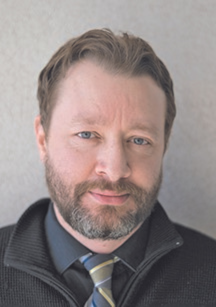Drug court saves money and lives
NORWICH – In recognition of National Treatment Court month in May, a number of community leaders attended the signing of a resolution applauding the success of the Chenango County Treatment Court over the last five years.
Board of Supervisors Chairman Richard Decker signed the resolution into the record May 15 with several representatives from law enforcement, social services and the judiciary in attendance.
Criminal Treatment Court was implemented in Chenango County in 2004. By that time, the program had met wide success and endorsement at the state and national levels from law enforcement and court officials.
The resolution stated: “Whereas in the past five years the Chenango County Treatment Court has effected savings of over $1,500,000 to the taxpayers of Chenango County and continues providing savings of over $1,000 daily through its ATI (Alternative To Incarceration) component.”
The savings are calculated using the likelihood of a candidate repeating an offense compared to conventional practices and adds the money saved from not holding individuals in incarceration.
According to reports, between 60 and 80 percent of drug offenders sent to prison or jail relapse. Those in probation have a national relapse rate of 40 percent. And, the national average of a drug court candidate suffering a relapse is the lowest of the three, at 17 percent.







Comments